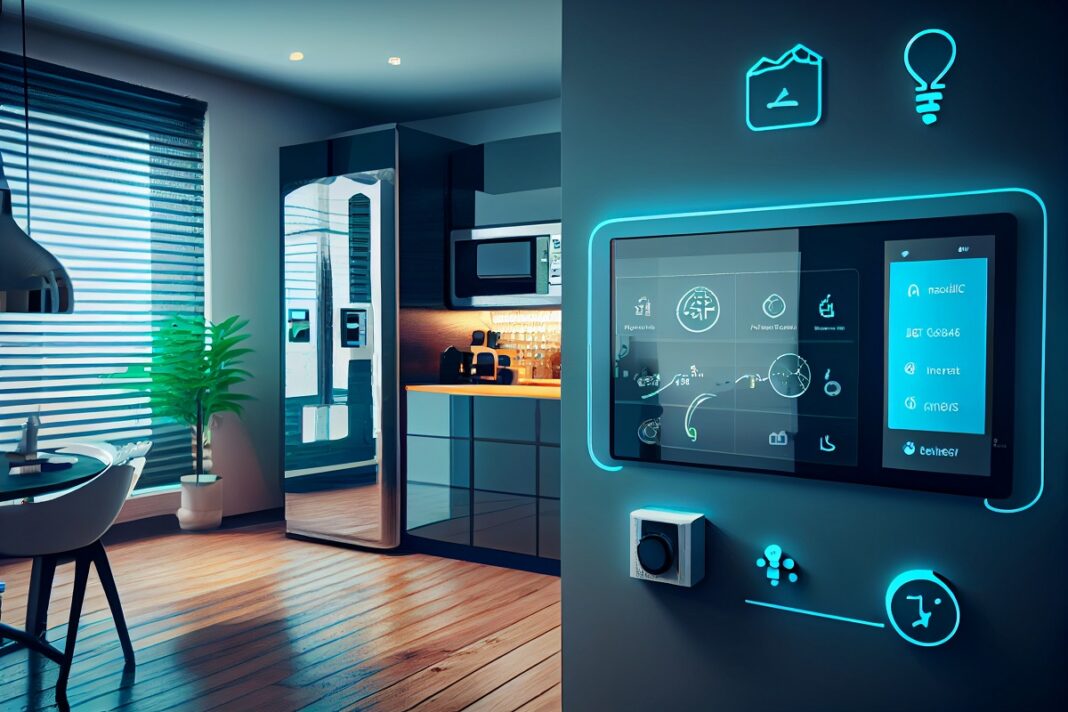What is Automation in Smart Homes? A Comprehensive Guide
In the fast-paced world of technology, smart homes have become increasingly popular, transforming the way we live. Automation in smart homes is at the heart of this revolution, offering us convenience, security, and energy efficiency like never before. In this comprehensive guide, we will explore the ins and outs of automation in smart homes, covering everything from the basics to the latest trends.
Understanding the Basics of Smart Home Automation

Smart home automation involves using technology to control and manage various devices and systems in your home. This can include lights, thermostats, security cameras, door locks, appliances, and more. These devices are connected to a central hub, often controlled through a smartphone app or voice commands, allowing homeowners to remotely monitor and adjust settings.
Automation simplifies daily routines, enhances security, and reduces energy consumption. It also provides a glimpse into the future of how technology can make our lives more comfortable and efficient.
Key Components of Smart Home Automation
To create an automated smart home, you’ll need some essential components:
- Smart Devices: These are the building blocks of automation. Examples include smart thermostats, smart lights, smart plugs, and smart locks. These devices can be controlled remotely and often learn from your behavior to adapt to your preferences.
- Central Hub: A central hub or smart home controller acts as the brain of your smart home. It connects all your devices, allowing you to control them from a single point. Popular hubs include Amazon Echo, Google Home, and Apple HomeKit.
- Voice Assistants: Voice-controlled devices, like Amazon’s Alexa, Google Assistant, and Apple’s Siri, enable you to issue voice commands to control your smart devices. This is one of the most user-friendly aspects of smart home automation.
- Connectivity: Your devices should be connected to your home network, either through Wi-Fi, Bluetooth, ZigBee, or Z-Wave. This connectivity enables remote control and integration.
- Apps: Many smart home devices come with dedicated apps that allow you to control them from your smartphone or tablet. These apps often provide advanced features and automation routines.
Benefits of Automation in Smart Homes
- Convenience: Automation simplifies your daily life by allowing you to control various devices with a few taps on your smartphone or a voice command. For instance, you can adjust the thermostat, dim the lights, or check the security cameras without leaving your seat.
- Energy Efficiency: Smart thermostats can optimize heating and cooling based on your preferences and schedule, saving you money and reducing your carbon footprint. Lighting automation can also reduce electricity usage.
- Security: Smart cameras, doorbells, and locks enhance home security by providing real-time monitoring and remote access. You can receive alerts and monitor your home from anywhere.
- Customization: Automation enables you to create customized routines and settings tailored to your needs. For instance, you can set a “Good Morning” routine that turns on the lights and adjusts the thermostat to your desired temperature.
Popular Automation Use Cases
- Lighting Control: Smart lights can be scheduled to turn on and off at specific times or controlled with voice commands. Dimming and color-changing options also enhance ambiance.
- Climate Control: Smart thermostats learn your temperature preferences and adjust accordingly. You can also control them remotely to ensure your home is comfortable when you arrive.
- Security: Smart cameras, doorbells, and locks allow you to monitor and secure your home, whether you’re home or away. Some devices can even alert you to suspicious activity.
- Entertainment: Smart speakers and streaming devices can be integrated to control your home theater system, music, and more.
The Future of Smart Home Automation
The world of smart home automation is continuously evolving. Here are some trends to watch out for:
- Artificial Intelligence: AI will play a more significant role in automation, enabling devices to learn and adapt to your preferences.
- Energy Management: Greater emphasis on energy conservation will lead to more advanced solutions for reducing power consumption.
- Interoperability: Improved compatibility between devices and ecosystems will make it easier to create a seamless, integrated smart home.
- Sustainability: More sustainable and eco-friendly options will emerge, aligning with the global push for environmental responsibility.
In conclusion, automation in smart homes has revolutionized the way we live, offering convenience, security, and energy efficiency. With the right devices, a central hub, and your favorite voice assistant, you can turn your home into a smart haven. As technology continues to advance, the possibilities for smart home automation are limitless. Embrace the future and make your home smarter today!


